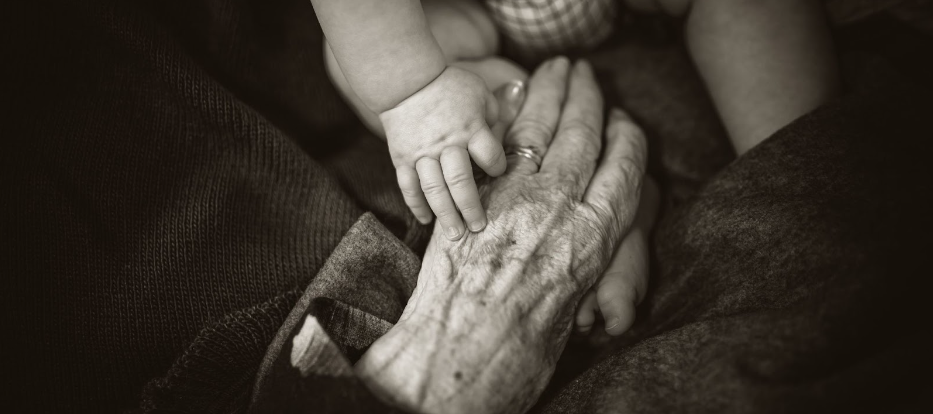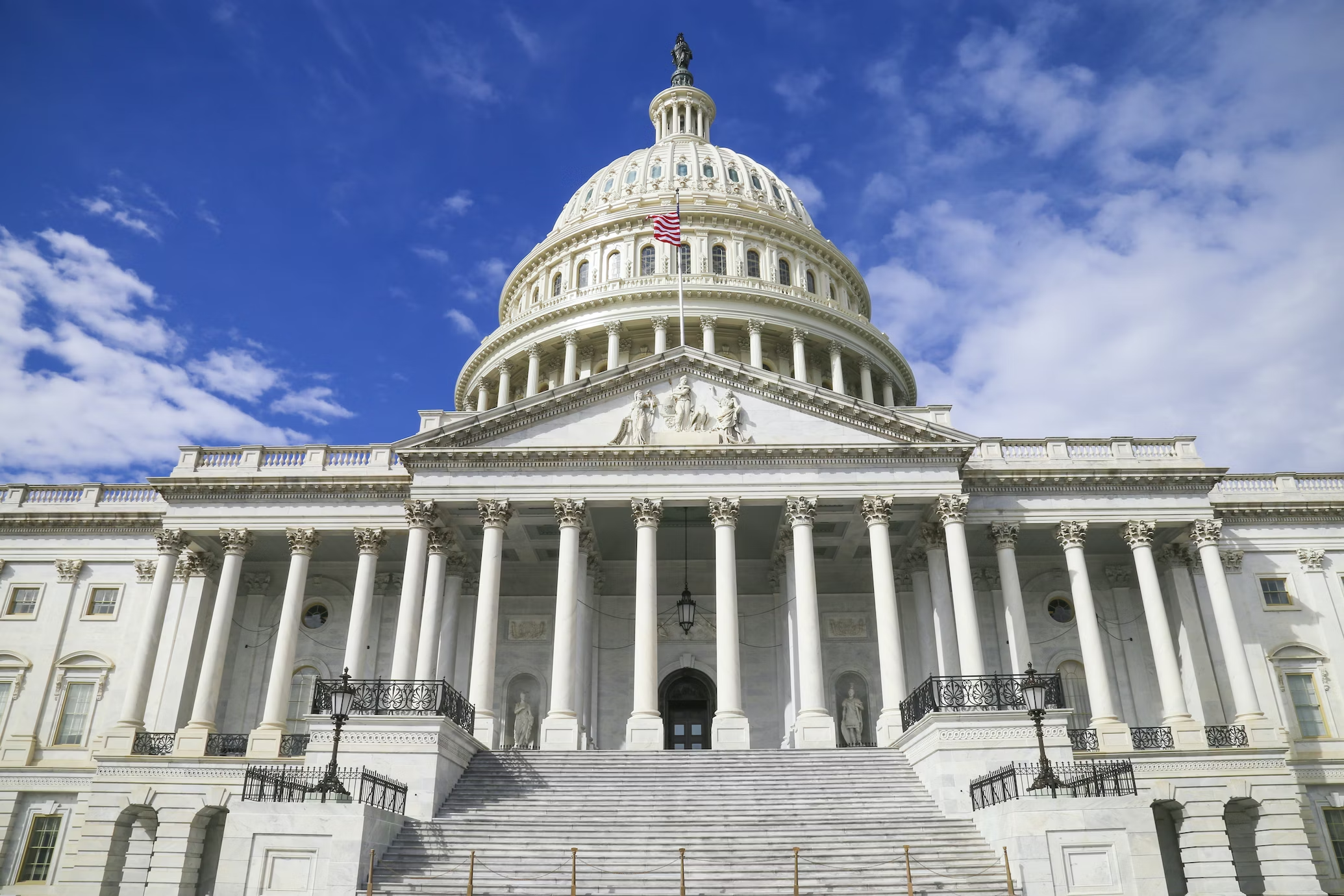With the rise of social media, we as a society have seen pressures to not age from every corner of the internet. It seems that there may be an underlying fear or cause for the obsession with looking young; with Botox and topical anti-aging serums becoming more accessible for the middle and lower classes, it is clear that this fear of aging is here to stay.
The concept of beauty has been around since the beginning of humans; it’s no secret. But when did people begin to fear getting older? When were wrinkles scarier than missing out on your youth? It would be easy to say it may stem from a fear of death, but I think it's deeper than that.
HISTORY
During medieval times in Europe, pale, untouched skin was the beauty standard. It was a sign of wealth and status. Peasants and farmers, having to work outside for hours daily, would become tanned or burnt, and their skin would age quickly after so much UV exposure. It was considered a status symbol to have the privilege of not working outdoors, resulting in pale, wrinkle-free skin." And so the obsession with looking young was born.
Through the early and mid-20th century in America, the beauty standard was increasingly highlighted with the rise of photography and film. The working class could now see the upper class more frequently through television and papers. This surge in media gave way to the rise of makeup, becoming the fresh meat for trends and beauty standards. Whereas in the 20s, 30s, and 40s, it may have been harder to distinguish trending styles, it was evident in the 60s, 70s, and 80s. With television becoming easily accessible, teenagers especially fell victim to abrupt and fast-paced trends such as the 70s disco themes or the 80s neon color palette.
In the 90s, 2000s, and 2010s, there was a breakthrough in anti-aging technology due to the discovery of molecular and biochemical markers related to some anti-aging concepts. With this discovery, the beauty industry was able to produce topical serums that were marketed to women beginning to see signs of aging in their skin. At this time, Botox was still widely seen as a form of plastic surgery and was, for the most part, inaccessible and too expensive for the middle and lower classes. So, while the middle class was using placebo-effect serums that usually did not work, the upper class could quickly and quietly use Botox, making their beauty even more desirable and unattainable by the lower classes.
THE RISE OF SOCIAL MEDIA
The rise of quick, tap-of-the-finger social media has brought with it some of the most concentrated beauty standards. The apps most commonly used for this section of the article will be TikTok and Instagram, both of which have risen to popularity in the last decade. They feature short, 15-second videos, known as the root of micro-trends, where you can find some of the most concentrated anti-aging “information” and advertisements.
Some of the top search suggestions after typing ‘anti-aging’ are ‘anti-aging for teens,’ ‘anti-aging skincare,’ ‘anti-aging for women in their 20s,’ and ‘anti-aging at 14.’ Girls and young teenagers are doing 10+ step skincare routines and making videos of it on social media. TikTok and Instagram are apps dominated by younger audiences, especially minors. What kind of message is it sending them if they constantly see their peers doing this? There are teenagers already using retinol or anti-aging products that are simply not useful or needed for their age. Yet, this kind of behavior is being marketed as good and trendy.
When there is such a large number of people doing similar things in a very public space, where virtually anyone can see, it will become a trend. A massive trend is “get ready with me” (GRWM) videos, which follow the user as they do their morning or night routine, usually skincare, while telling a story. Most of these videos appear as innocent entertainment. The fine line in this is that the users are innocent, most of the time. They are just teenagers, doing their skincare and sharing it with peers online. The issue for many comes in a smaller form. Most of the users creating these videos either are sponsored by different skincare companies, or, the user shows off what products they are using in their routine. Once the video is monetized, it means the video is an advertisement. And that's the issue. These are teenagers who are being paid to promote anti-aging products (as stated before, that people do not need). And these videos are being pushed, not only to adults and teens, but to children who are watching the videos. These videos are now being marketed to children and young teenagers, who don’t know any better. They don’t research the product. They only see the pretty girl saying it works so well for her, and then all of a sudden it's on their birthday wishlist.
It doesn’t help that the marketing teams for these anti-aging companies have also realized their primary market is so young. The flashy colors and appeasing shapes are not the only issue; it’s also the people they choose to represent their company. In the past, skincare companies have been advertised on television, by adult women, usually in their 40s or 50s. Now, it seems to have completely shifted. Instead of the products being marketed to grown women who are searching for something to get rid of their insecurities, they are now being marketed to teen girls who are searching to prevent their insecurities. What happens when girls are so afraid to grow old that they will go to extreme measures to preserve their youth?

 George Santos Kicked Out of Congress
George Santos Kicked Out of Congress